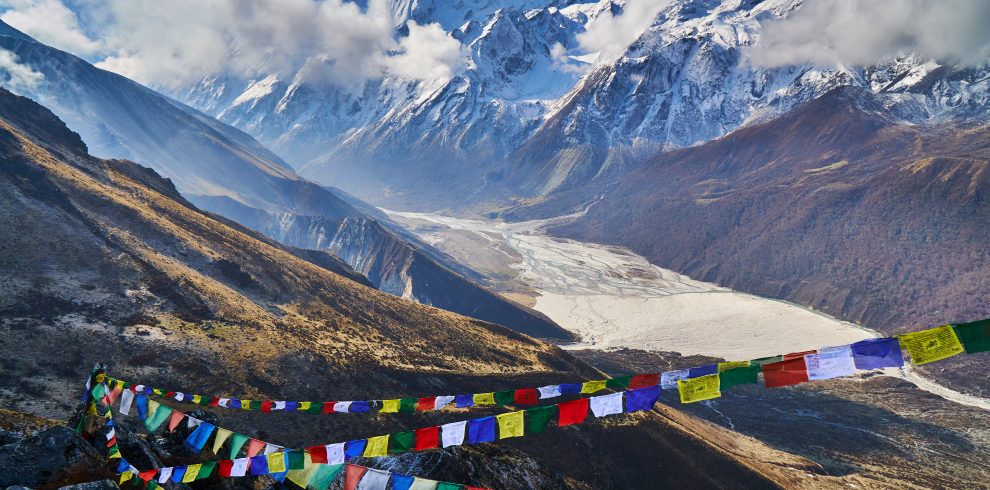TIMS card
To trek in the Langtang Valley, you’ll need a TIMS card. This card will enable you to enter the National Park and get the necessary permits for your trek. It is nonrefundable and nontransferable, and you can get one in the TAAN office in Kathmandu or the Nepal Tourism Board in Pokhara. It costs around $6 for an individual trek and $3 for a group trek.
A TIMS card will also help protect your trek. It allows the Nepal government to monitor illegal trekking operations. It is mandatory to carry your card throughout your trek, along with a copy of your passport, and you’ll need to show it at various checkpoints. A TIMS card is nontransferable, so you’ll need to carry it on you at all times.
Route
The Route of Langtang Valley Trek starts from Kathmandu and includes two routes. The Syabrubesi Route is the most popular and is a gateway to other treks in the region. Among them are Lake Gosaikunda Trek and Tamang Heritage Trail Trek.
The Route of Langtang Valley Trek is open all year round, but you may want to take the trek in the winter. The temperature in the valley drops to -5 degrees Celsius during the winter months. This makes the trek an ideal option for winter hikers. It is best to confirm accommodation reservations well before your trek. You should also get medical and travel insurance, as these are mandatory. These insurances can help you if you become ill or have to make an emergency evacuation.
Accommodation
Accommodation on Langtang Valley Trek is usually in a teahouse, or tiny guesthouse that is run by the locals. These are clean, comfortable, and cheap, but make sure to book ahead of time to ensure a spot. You can also ask the guide for the phone number of a particular hotel.
The teahouses have a dining room where you can eat your meals. Some have indoor heating, so you can stay warm at night. You can also charge your phone at the dining room for free. Although electricity is not available in higher regions, you can use solar energy to power your devices. You may also have to pay $2-$3 per hour to recharge your device.
Easy to moderate trek
If you are planning a trip to the Himalayas, one of the best places to do is an easy to moderate trek in Langtang Valley. The valley is rich in wildlife, with animals such as red pandas, snow leopards, and Himalayan tahr. Before the devastating 2015 earthquake, Langtang Valley was one of the most popular trekking destinations in Nepal. However, it was severely damaged by the quake. But now, the valley has recovered, and you can still visit the region for a wonderful Himalayan experience.
Although this trek requires no experience, you should be physically prepared. It’s important to do some warm-up exercises, day hikes, or other exercises to get your body and mind ready. This will help prevent you from becoming too ill at high altitude.
Best time to trek in Nepal
The best time to trek in the Langtang Valley is between autumn and spring. The weather conditions are pleasant in the lower altitudes, but get cooler as you progress upwards. The beautiful scenery is enhanced by clear skies and good visibility. Daytime temperatures average about 10degC, while the temperatures drop considerably at night. Despite the cooler temperatures, the trek is suitable for people of all ages and fitness levels.
Autumn is the peak trekking season in Nepal. You can expect to see a great number of trekkers and teahouses. But you may have difficulty finding places to stay during the day. Trekking with a porter or guide is recommended to avoid these hassles. It’s also best to follow standard trekking trails.
Lirung basecamp
The Langtang region is one of the most popular trekking destinations in Nepal. Other popular destinations include the Annapurna and Everest regions. The Langtang Lirung basecamp is the third most popular trekking destination in the region. While the trek is challenging and adventurous, it is also a good chance to get a taste of the unique culture of the Tamang ethnic group. The trek is typically conducted in a group and requires proper acclimatization.
A Langtang Valley Trek allows you to experience the stunning scenery of the mountain range that surrounds it. The highest peak in the Langtang Range is Langtang Lirung, which is 7,234 meters tall. You can see this mountain from the basecamp of the Langtang Trek, as it towers over the lower valley. It is also close to the Trisuli Gandaki valley, the Sun Kosi valley, and the Langtang Khola.
Autumn is the peak trekking season in Nepal. You can expect to see a great number of trekkers and teahouses. But you may have difficulty finding places to stay during the day. Trekking with a porter or guide is recommended to avoid these hassles. It’s also best to follow standard trekking trails.



